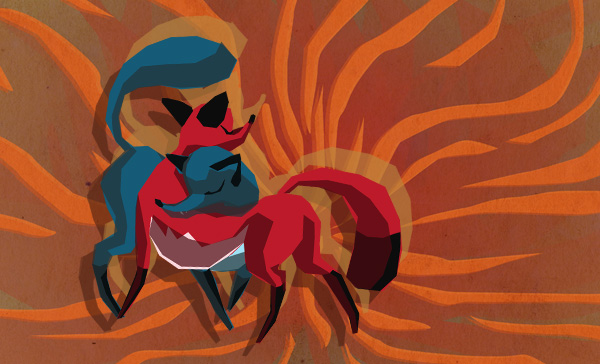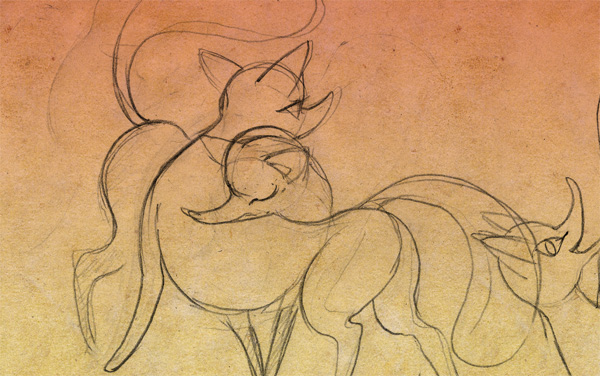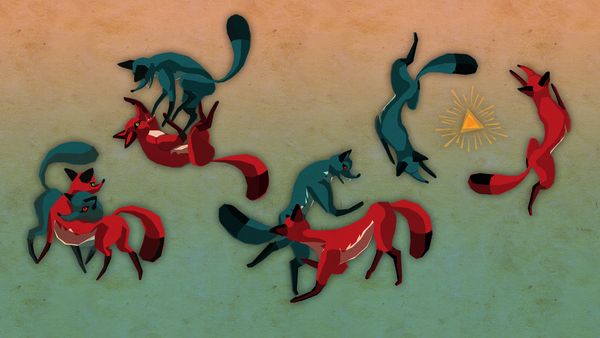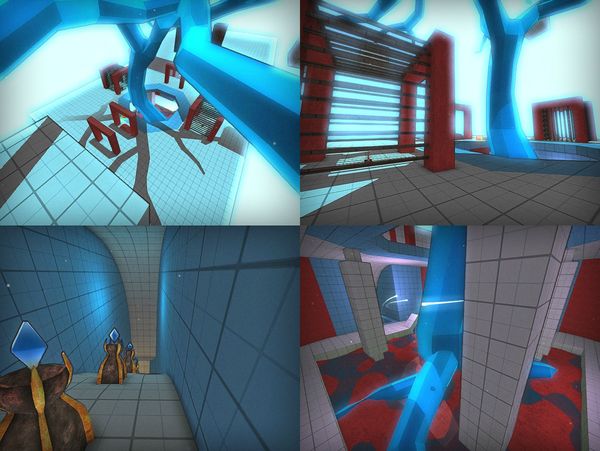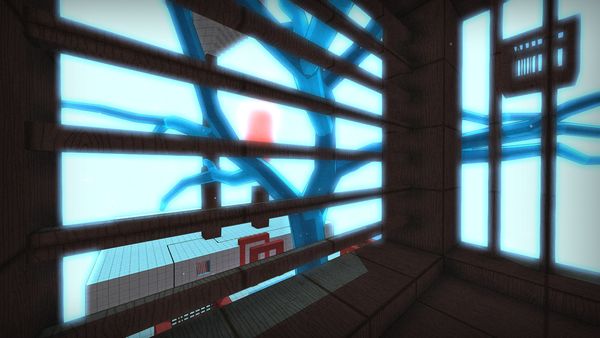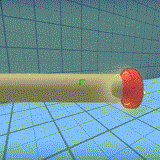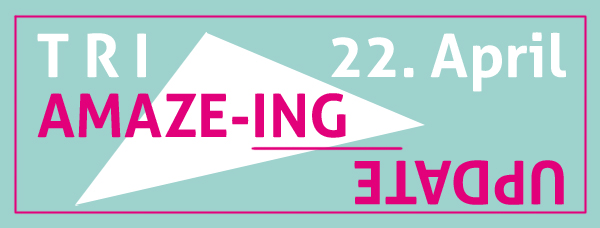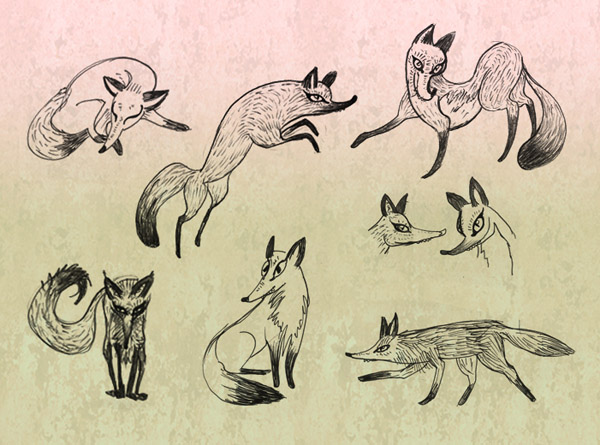As some of you may already know we currently work on a new project, which was named "Morituri" for some time but has now the title Behind Stars and under Hills. Its prototype is co-funded by the Creative Europe Programme of the European Union and the MDM.
Behind Stars and under Hills will be a Dungeon Adventure with detective elements and animal people. It puts emphasis on story and atmosphere, on interaction with NPCs (dialogues) and exploration. While there probably will be fights (of low complexity), those won't be the main focus of the game. Instead, players have to find hidden ways and items, translate scriptures, talk to the inhabitants, trade with them, circumvent and/or find ways around dangers (like enemies and traps), and use the light by placing torches.
There are no real hard facts to announce yet (hopefully soon though), but we started a picture blog for the project, especially for the prototype we currently work on. You can find it here. We post everything visual, i.e. drawings, scribbles, animations and screenshots from the game and the level editor. Our intention is to link the blog whenever we post those pictures on Twitter or Facebook, so people don't see a single slice of the game only, but can inform themselves more about the look of the game instantly. It also makes it easier to follow the project as long as we don't have a dedicated website.





https://behindstarsandunderhills.tumblr.com
